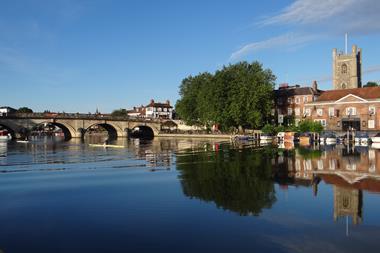GTO Carol Swiecicka reports back from an interesting group visit to Bentley Priory Museum.

50 members of the Devon-based Newton Abbot Travel Club visited the museum in Stanmore, Greater London, in June and organiser Carol said they are already hoping to arrange another trip there.
On arrival, they were greeted by the front of house manager before enjoying a light lunch that they had pre-ordered. They then divided into three smaller groups to be taken on a tour by what Carol described as ‘excellent guides’.

Best known for its role as Headquarters Fighter Command during the Battle of Britain in 1940, Bentley Priory has a fascinating history. Once home to a cell of Augustinian Friars, it is believed to have been founded in 1170 by Ranulf de Glanville, who became Chief Justiciary of England.
The RAF were Bentley Priory’s longest-serving residents, occupying the Mansion House and grounds until they left in 2008. The museum then opened in 2013 with an extensive collection predominantly of objects from Bentley during its time as an RAF base.

The group learnt how Fighter Command operated and were shown the replicas of a Spitfire and Hurricane in the grounds.
Carol added: “Inside the mansion house the windows have wonderful engravings. After the tour we had a drink and piece of homemade cake served by some lovely volunteers in the light café with some seating outside on the patio overlooking the gardens.”

Bentley Priory Bunker
Visitors can learn about the important work carried out in the underground bunker from World War Two through to the Cold War. In 2020 the museum received a National Lottery Heritage Fund grant to record and share the memories of RAF and WAAF personnel who worked at the top secret bunker at RAF Bentley Priory.
The underground bunker was completed in haste in 1940 as Nazi Germany threatened to invade Britain and was developed for use throughout the Cold War period as political tensions remained high. Personnel within the bunker at Bentley Priory during both historical periods were responsible for identifying enemy encroachment of British airspace and co-ordinating the RAF’s response.
Groups of more than 20 are asked to pre-book a visit.
For more information visit bentleypriorymuseum.org.uk












